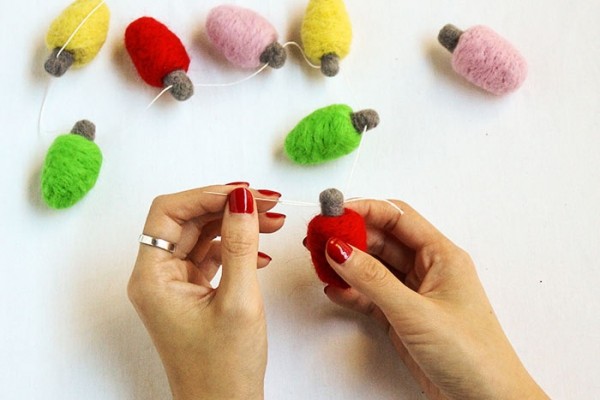It’s that time of year again. Time to trim the tree, shop for the perfect gift, longingly linger under some mistletoe. While you may be looking forward to the popular Christmas traditions, have you ever wondered how they came to be? Let’s find out!
Gift Giving

(image credit: Groop Dealz)
It’s nice to receive gifts year round, but how exactly did this particular gifting day come to pass? This tradition is most likely based on the story of baby Jesus’s birth, where three wise men bestowed gifts of gold, incense, and myrrh. But interestingly enough, gift giving has only become popular within the last century or so. With the shift of popularity towards Santa Claus, gift giving has become more of an emphasis, particularly the giving of gifts to children.
Christmas Tree

(image credit: Pinterest)
The fresh smell of pine, the fun time spent together with loved ones, decorating a pine tree is a well-known Christmas tradition. Its roots are German in nature where it is said that St. Boniface, who is credited for converting many Germans to Christianity, was angry over a group of Pagans worshiping an oak tree. In his rage, he cut the tree down and a fir tree sprouted up in its place. St. Boniface took this as a sign from God, and it has since been a Christian symbol.
Candy Canes

(image credit: Holidays and Parties)
Like the Christmas tree, these delicious treats are also accredited to Germany. The most popular story details a German choirmaster commissioning a local candy maker to create a treat to quiet the children. He requested that these sweet sticks have a crook at the top of each stick, to remind the children of the shepherds who visited the baby Jesus. It’s also believed that the white of the candy represents Jesus’ sinless life.
Egg Nog

(image credit: Andrew Martineau)
It is said the first U.S. colonists created a mixture of “egg and grog” (grog was a common term for any drink made with rum back then). “Egg and grog” eventually shortened to “egg’ngrog” to its now popular version, “eggnog”. The adult version of this beverage still contains some type of liquor (brandy, rum or whiskey are common). We guess somethings never change!
Kissing Under the Mistletoe

(image credit: Reveal)
People tend to find this tradition fun and lighthearted but not many know of its origins. Its roots are Greek, Celtic, and Scandanavian. It is often mentioned to represent fertility, luck, and peace. The act of kissing under the mistletoe is accredited to the Greek winter festival Saturnalia, an ancient Roman festival of Saturn in December. This was a period of general merrymaking… kissing under the mistletoe? Sounds merry indeed!



